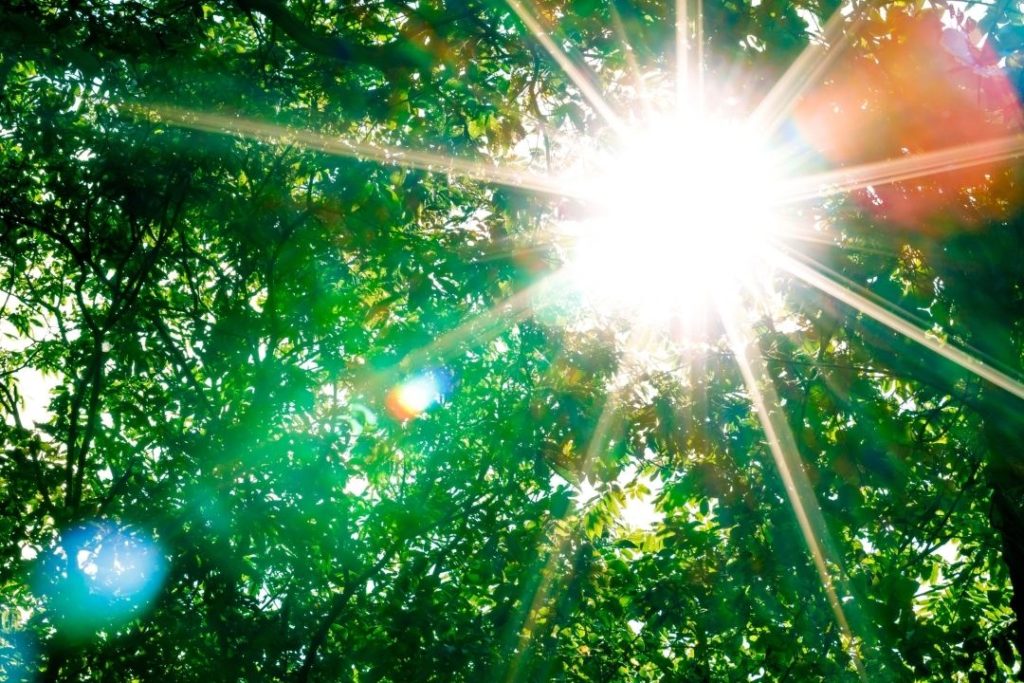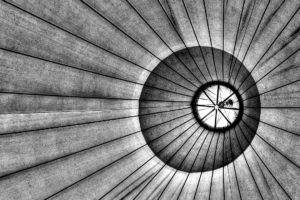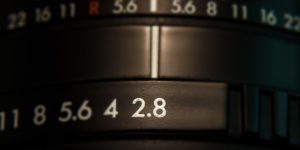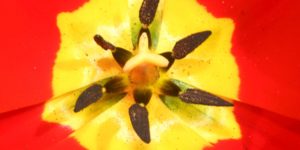Photography has a range of different techniques and preferences for all tastes and situations.
Some of these techniques include harnessing or avoiding certain light exposures, including lens flare. In this article, we will take a look at all of these questions and how to avoid or increase lens flare in your photography.
But, first what exactly is lens flare?
We’ve all seen those sequences in movies, looking up at the dreamy blue sky with the sun coming from the corner of the camera, refracting light in interesting and beautiful ways. That is a lens flare, and with the right use of it in photography, it isn’t a mistake.
What is lens flare?
A Lens flare is a photograph artifact, normally in the shape of sun rays, that is the result of light being scattered or flared in a camera’s lens system, caused by the lens looking in the direction of a bright light such as the sun or another light source.
In this article, we will take a further look into lens flare, identify when it is and isn’t appropriate, as well as how to capture and avoid it, and even how to fix it. Now, let’s take a look.
What does lens flare look like?
Some types of lens flare you’ll notice in photography include:
- Hazy spots flaring outwards like a star.
- Lines from sunbeams.
- A circular series of spots, often varying in size.
Lens flare happens when a bright light source enters your camera lens elements, shining directly onto one of the camera’s sensors, and flares into the range of sight your camera captures.
Sometimes this effect seems pesky, but it can also draw attention to certain elements of your photo’s composition, if even unexpectedly.
Lens flare can also occur to the naked eye, as they have multiple lenses like a camera, and refract light.
See for yourself—next time you’re out on a sunny day, just close your eyes (with the sun in your peripheral vision, not looking directly), and when you slowly open them, notice all of the wonderful effects happening.
Is lens flare good?

Lens flare happens in a camera when all the machine’s working parts manipulate the light entering its lens. Camera lenses are built with anti-reflective properties, but the light still finds clever ways to let itself in, and to be honest, we want that!
First and foremost, beauty is in the eye of the beholder, and whether or not lens flare is “good” is most often situational.
Lens flare can add a sense of warmth or magic to a photo. It often appears artistic as long as it doesn’t wash out the whole picture.
But if you need a clear shot, such as a professional portrait of yourself, a lens flare might not be the right choice. Excess light can distract from the subject of a photo and make it unclear.
How to get rid of lens flare?
Opinions often differ when it comes to lens flare’s use. It’s so easy to capture when you don’t want it, and then when you do, it’s a skill to get just right. But what happens when you accidentally get it in a picture capturing a once-in-a-lifetime moment, such as high school graduation or a surprise party?
Don’t worry, there are methods.
In order to remove a lens flare from an image, simply use a clone tool or spot healing brush in Photoshop. Just be sure not to overuse these tools, as too much can quickly begin to look inauthentic.
You can layer your photo first, and edit the second layer (with a lower opacity) so that the edits look more realistic. Adjustment layers can be helpful for washed-out color or exposure issues.
But when it’s possible, it’s easier to avoid lens flare upfront. Let’s take a look at some ways to do that.
How to avoid lens flare?
To avoid lens flare you’ll want to make sure you are shooting the photo facing away from your light source (often the sun or bright lights). Lens hoods can also help.
Many professional photographers shoot before 11a and during golden hours to avoid brightness that might interfere with their photos.
You can use a lens hood as well which will block a wider range of peripheral light sources than a lens without one.
Sometimes, the best lens blocking agent is simply lens hoods, your hand, a book, or a hat, as they are variable and move in real-time with ever-changing camera angles and lighting.
No matter what you use, if you want to reduce lens flare or no lens flare at all, block the light source by any means possible.
If you are shooting in a photography studio with moveable lighting, you can get creative and try different positions to get one that is just right and minimize lens flare.
But no matter what you do, the biggest rule is to not have the light source in your lens’ view.
How to get more lens flare?
At the other end of the spectrum, if you are looking for that lens flare effect, you can get it in a few different ways.
Each lens and camera is unique, so you’ll have to perform a level of experimentation with each one, but first and foremost you’ll want to shoot with your light source in front of the camera.
Often, the light at the edge of the frame, or partially behind your subject can give the most intense and satisfying lens flare effect.
There are also software filters and after-effects in photo editing software that can accomplish this, but they will rarely look as good as the naturally captured thing.
Keep in mind the weather you will be shooting in as well.
A cloudy day or flat light will be hard to capture a light flare.
Wide-angle lenses are typically best for finding lens flare. And with a lens speed of around f/13 to obtain the greatest effect, you’re sure to get a great shot.
Zoom lenses tend to be more affected as well, depending on the lens you have and more likely on the wide end of the zoom range.
Accounting for the time of day you will be shooting in will also help. Sunrise and sunset are great times to capture lens flare as the sun is already creating a natural effect just before lens flare occurs.
But, as I said before, you still want to avoid looking directly at the sun, even when it seems low.
Conclusion
It can be hard to tell when a flare is appropriate or not, but in the end, photography is dependent on your tastes. There are never any definite “rights” or “wrongs” if you like something.
Hopefully, this article helped you understand lens flares more so that you can have the choice in how much presence they take in your photography.






